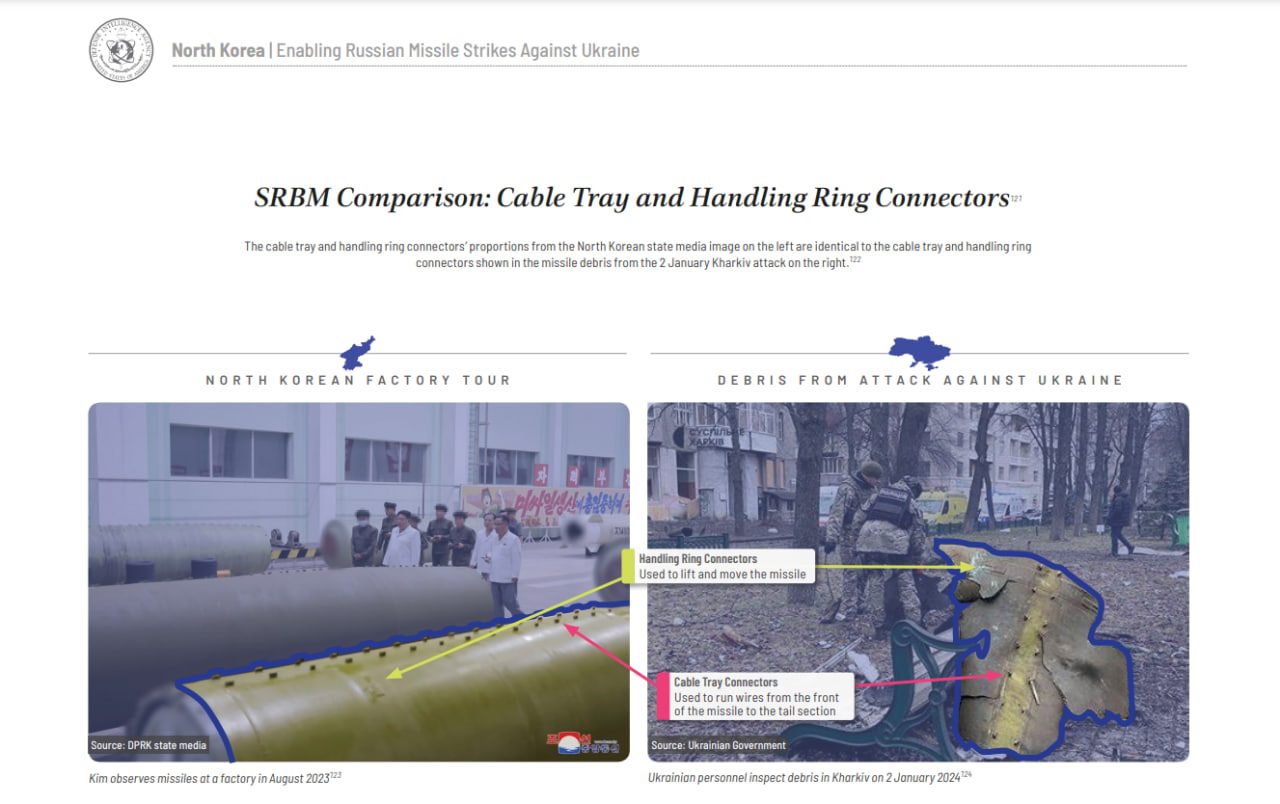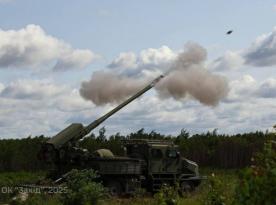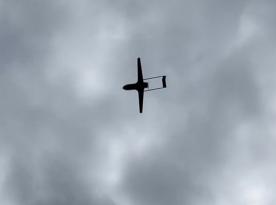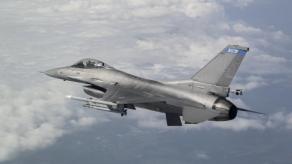Defense Intelligence Agency of the U.S. Department of Defense has published a report based on data gathered through open sources about the KN-23 ballistic missiles the russian federation used against Ukraine in January–February 2024.
The published document is only 12 pages long but it testifies that photographs alone are enough to identify and confirm that is specific instances the russian invasion forces operating in Ukraine utilized none other than KN-23s provided by the Democratic People's Republic of Korea.
Read more: 290 Foreign Parts Found in North Korean Missile Launched by russia

As this report makes clear, the DIA analysts took for the basis of their investigation publicly available materials, namely the videos North Korean state-run media agencies released for propaganda purposes, demonstrating missile production. Then, the experts compared the reference with photos of missile wreckage found in Ukrainian cities after russian shelling. Notably, these photos showing only some undamaged fragments of the KN-23 hull were quite enough to make conclusions.
In the first case, DIA analysts pointed at the similarity between the nose part of the KN-23 in the footage from North Korea and a fragment of the missile that the russians used to attack the city of Kharkiv in January 2024. In the second case, the parallel was drawn between elements of the aft part, and in the third one, the fragments of the cable tray found in the wreckage of the (possibly) KN-23 were matched against the reference.

Another noteworthy detail of the DIA report is that its authors could find and process as many as 124 open data sources to compile the material. But it turns out that despite such a density of available data, the earliest of which dates back to 2019, at some point in the past was still not enough for Western analysts to close the gaps in information related to the KN-23.
Because, for example, only when it came down to analyzing the wreckage of KN-23 by Ukrainian technicians, it turned out that the actual warhead weight on this type of missile is 1,000 kilograms, contrary to the belief it was only 500 kilograms. Previously, Defense Express also covered the fact that over half of North Korean missiles fired by russians explode midair without reaching their targets, and what practical implications it has.
The DIA report in full is available here.

Read more: Ukraine's Neptune Missile Now Able to Strike Targets in russia: Port Kavkaz on Fire














